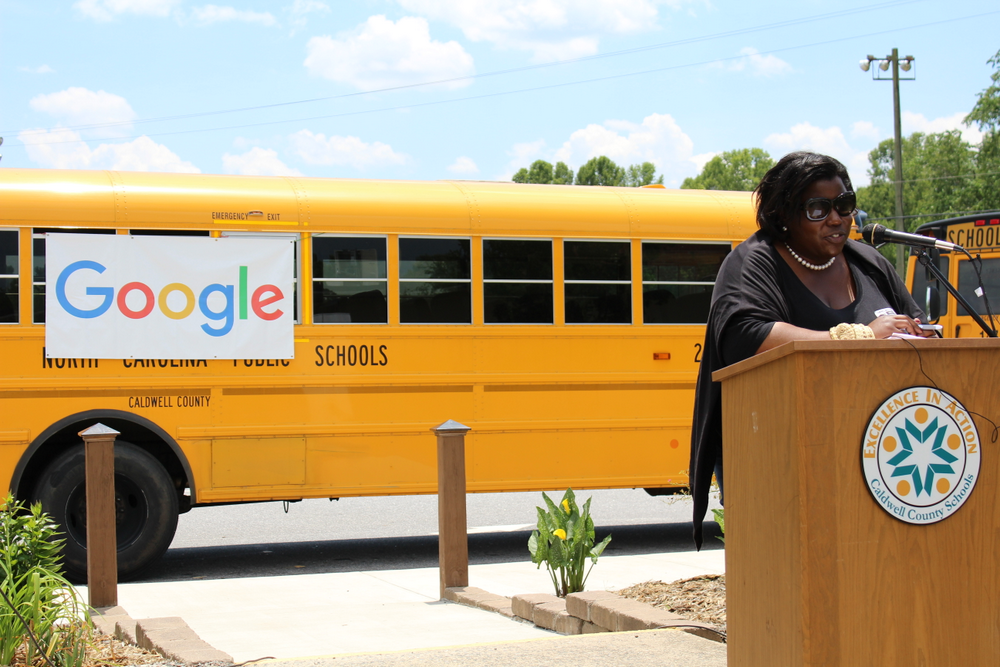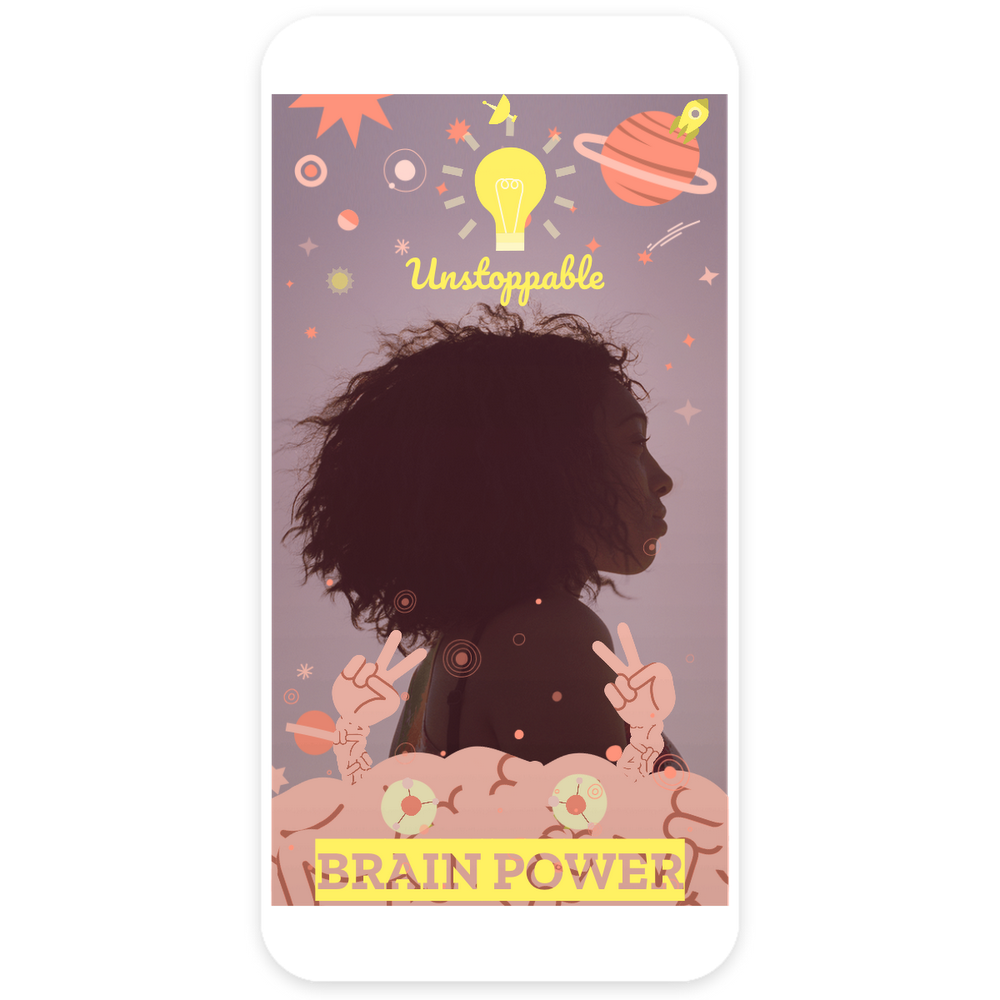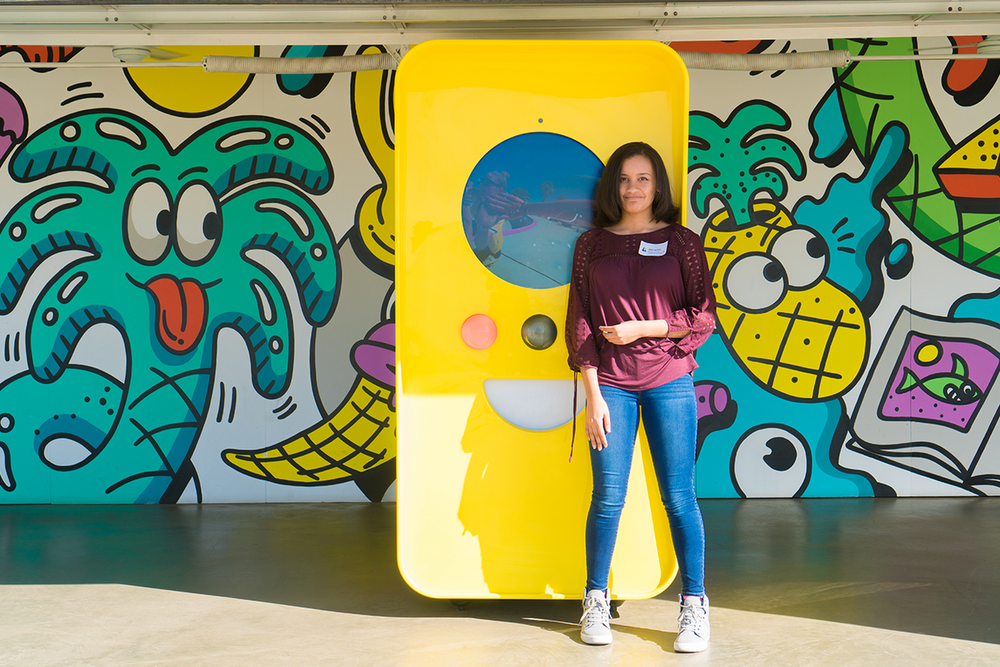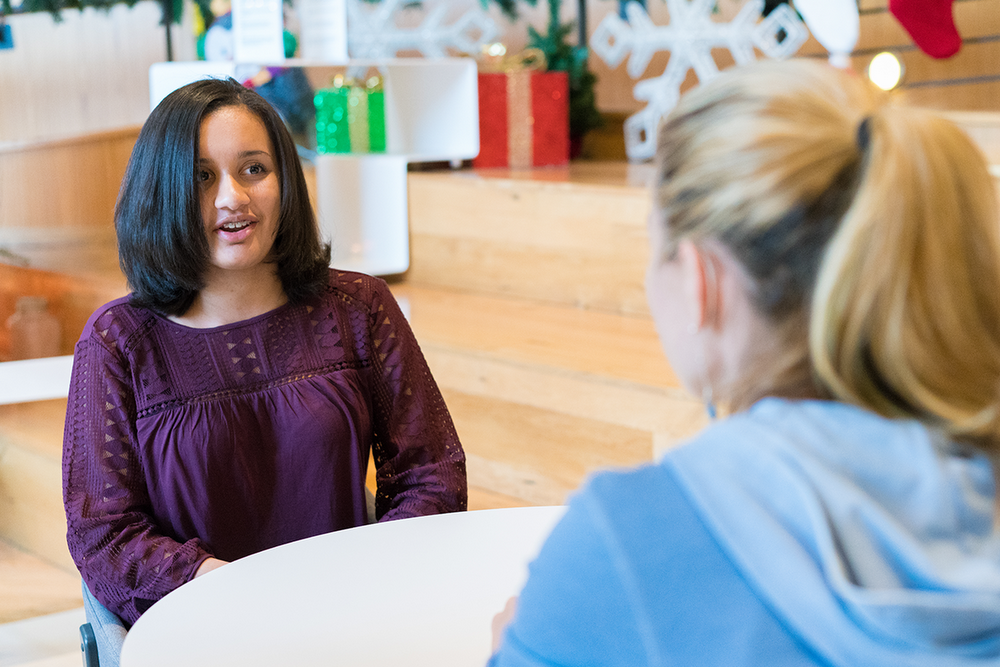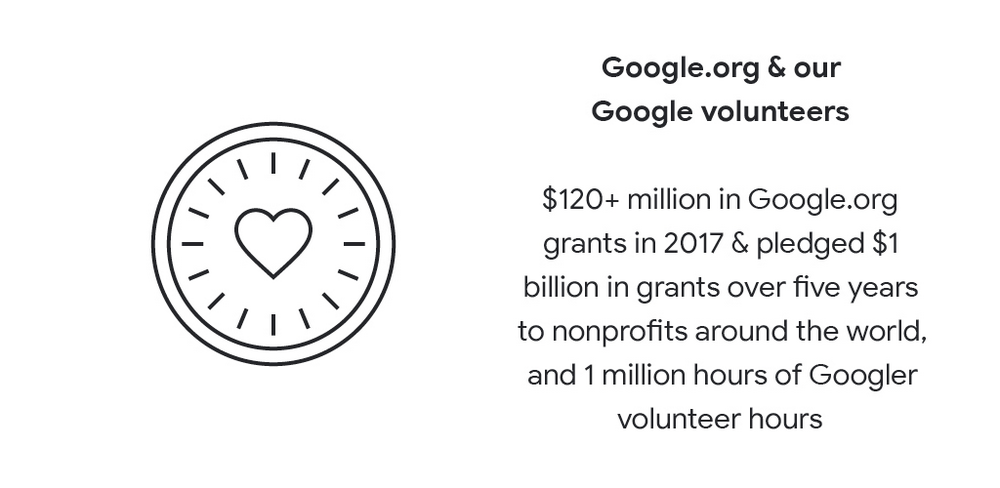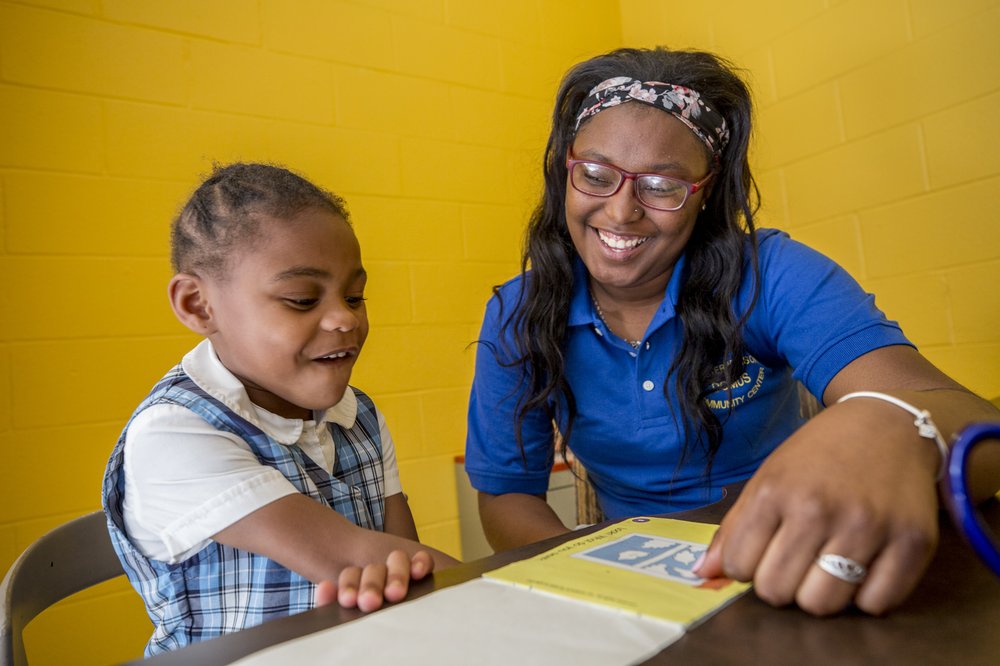Before I came to Google, I spent long hours in women’s prisons as human rights lawyer. Most women behind bars are mothers to minors, serving sentences for first time non-violent crimes. Mothers shared with me, in hushed voices, their suffering. I tried to document the abuses committed against them, shackling them during childbirth to sexual abuse by prison guards. I’m still haunted by memories of very small children not being allowed to touch or kiss or hug their mothers during visits; by the little girl who told me she never knew the warmth of waking up to her mother next to her.
That’s why the chance to set up the Love Letters project at Google is so special to me. Two years ago, I reached out to the community organizations I knew working with children of incarcerated parents. We partnered together to create Love Letters: digital love letters from children to their incarcerated parents for Mother’s Day and Father’s Day, a project we’re continuing this year.
Our commitment to justice reform has expanded in the past two years. In addition to our philanthropy, just this past week we banned bail bond ads from Search because of their predatory effect on vulnerable communities. Love Letters is yet another way we’re using our different platforms to disrupt the human costs of mass incarceration.
This Mother’s Day, let’s remember those mothers behind bars and the children left behind, and bear witness to the suffering that happens when we overcriminalize communities. These love letters are a testament to the unbroken bonds that endure between mothers and their children. While incarceration deeply traumatizes families, love still scales the prison walls.
